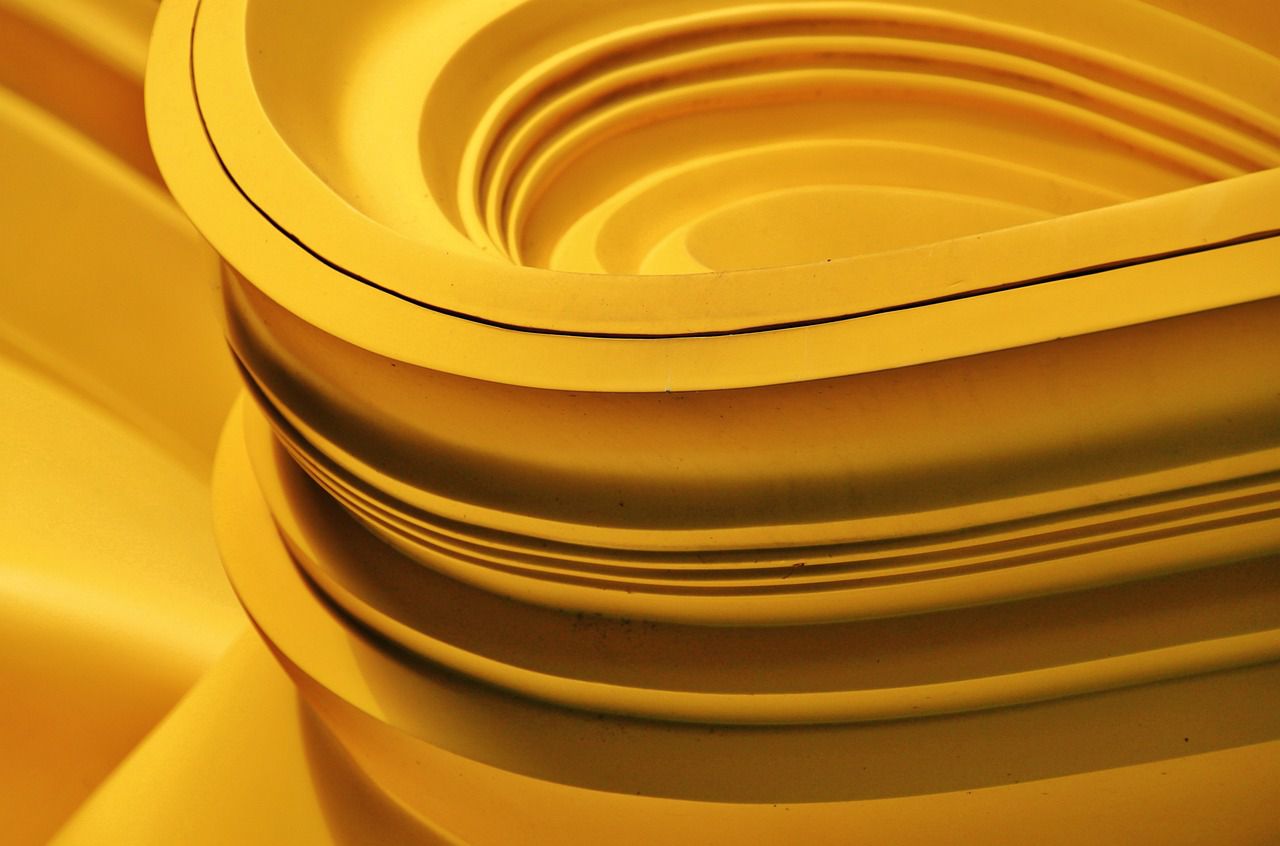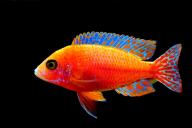Plastic inside your fridge can turn yellow due to a phenomenon called "plastic yellowing."
This discoloration occurs over time and is influenced by various factors, including the quality of the plastic, exposure to light and heat, and chemical reactions within the plastic material.
Here are some common reasons why plastic inside your fridge may turn yellow.
Chemical Reactions
The plastic material used in refrigerator components, such as shelves, bins, or drawers, may undergo chemical reactions over time.
Exposure to temperature fluctuations, moisture, and food spills can contribute to these reactions, leading to the yellowing of the plastic.

Exposure to UV Light
If your fridge is positioned near a window or receives direct sunlight, the plastic components inside may be exposed to ultraviolet (UV) light.
UV rays can break down the chemical structure of plastic, causing it to become discolored.
Temperature Changes
Refrigerators experience frequent temperature changes as they cool and defrost.
These fluctuations can affect the stability of the plastic, leading to yellowing over time.
Age of the Plastic
As plastic ages, it can become more susceptible to yellowing due to the degradation of its chemical composition.
Cleaning Agents
Harsh cleaning agents or chemicals can interact with the plastic and cause discoloration.













